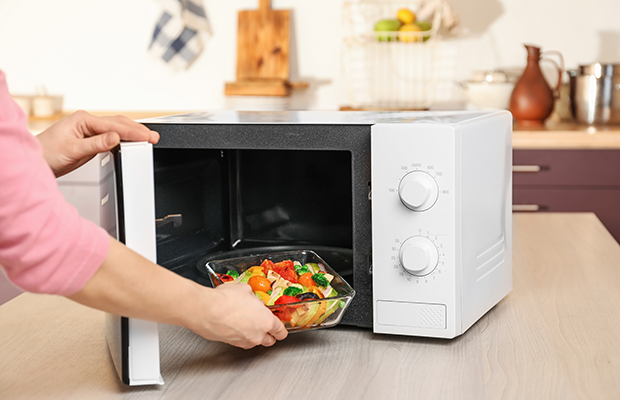Mindfulness Meditation for Mental Clarity
Introduction to Mindfulness Meditation
In our fast-paced world, the noise and chaos can cloud our thoughts. We often find ourselves juggling responsibilities, racing against time, and feeling overwhelmed. Amid this whirlwind, how do we find clarity? The answer lies in an ancient practice that has gained immense popularity today: mindfulness meditation. This powerful tool not only helps calm the mind but also sharpens focus and enhances mental clarity.
Imagine waking up each day with a clear mind—a state where you make decisions effortlessly and remain present in every moment. Mindfulness meditation offers just that. It invites us to pause, breathe deeply, and reconnect with ourselves amidst life’s distractions. So let’s dive into what mindfulness is all about and discover how it can transform your mental landscape for the better.

Understanding Mental Clarity and its Benefits
Mental clarity is the state of having a clear, focused mind. It means being able to think without confusion or distraction. When your mind is clear, you can process information efficiently and make better decisions.
The benefits are vast. With mental clarity, creativity flows freely. You become more productive in work and personal projects alike. Tasks that once seemed overwhelming become manageable when approached with a focused mindset.
Additionally, mental clarity enhances emotional well-being. It allows you to navigate stress with ease and maintain a balanced perspective on challenges. This improved outlook fosters resilience against life’s ups and downs.
Moreover, achieving mental clarity can lead to healthier relationships. Clear thinking helps improve communication skills and empathy towards others’ feelings and perspectives.
As people strive for success in various areas of life, cultivating mental clarity becomes essential for reaching goals with intention and purpose.
How Mindfulness Meditation Promotes Mental Clarity
Mindfulness meditation works by anchoring your attention to the present moment. This practice helps clear away mental clutter, allowing thoughts to settle like sediment in a glass of water.
As you focus on your breath or bodily sensations, distractions fade into the background. This heightened awareness sharpens your cognitive abilities and enhances decision-making skills.
Regular mindfulness practice trains your brain to respond rather than react. It cultivates patience, promoting thoughtful responses instead of knee-jerk reactions filled with anxiety or confusion.
Additionally, it reduces stress levels, which often cloud judgment. By calming the mind, you create space for clarity and creativity to flourish.
The beauty of mindfulness meditation is its accessibility. Just a few minutes each day can lead to profound shifts in perspective and understanding.
Techniques for Practicing Mindfulness Meditation
One effective technique is focused breathing. Simply sit comfortably and pay attention to your breath. Inhale slowly, counting to four, then exhale for the same count. This anchors your mind and helps reduce distractions.
Body scan meditation is another approach. Lie down or sit comfortably, and progressively focus on different body parts from head to toe. Notice any tension or sensations without judgment.
Guided meditations can also be beneficial. Use apps or online resources that lead you through the process, making it easier for beginners to stay engaged.
Try mindful walking as well. As you stroll, concentrate on each step and the feeling of your feet touching the ground. Let go of racing thoughts by immersing yourself in the present moment.
Experiment with these techniques regularly to find what resonates best with you in your mindfulness journey.
:max_bytes(150000):strip_icc()/GettyImages-539661087-58d2e5e65f9b5846830df9aa.jpg)
Incorporating Mindfulness into Daily Life
Incorporating mindfulness into daily life is simpler than it seems. Start by carving out a few moments in your day to pause and breathe. Whether it’s during your morning coffee or while waiting in line, take the time to notice your surroundings.
Engage with the present moment fully. Observe the colors, sounds, and sensations around you without judgment. This practice can transform mundane activities into opportunities for awareness.
During meals, try eating mindfully. Savor each bite and appreciate the textures and flavors of your food. This not only enhances your experience but also fosters gratitude.
Consider adding short meditation sessions throughout the day—just five minutes can make a difference. Use apps or guided sessions if you’re unsure where to begin.
Remember that mindfulness isn’t about perfection; it’s about progress. The more you integrate these practices, the clearer your mind will become over time.
Common Misconceptions about Mindfulness Meditation
Many people think mindfulness meditation requires shutting off all thoughts. The truth is, it’s about observing your thoughts without judgment. You don’t have to create a blank slate in your mind.
Another misconception is that mindfulness takes hours of practice each day. Even a few minutes can yield benefits. You don’t need to dedicate extensive time slots to see improvements in mental clarity.
Some believe that you must sit cross-legged on the floor for meditation to be effective. In reality, any comfortable position works—whether you’re sitting on a chair or lying down.
There’s an idea that mindfulness meditation is only for those seeking spirituality. It’s accessible and beneficial for anyone wanting better focus and clarity in their daily lives, regardless of beliefs or background.
Conclusion: Embracing Mental Clarity through Mindfulness
Embracing mental clarity through mindfulness is a journey worth taking. The practice of mindfulness meditation acts as a powerful tool, offering numerous benefits for our minds and lives. By cultivating awareness and presence, we can sift through the noise of daily life, allowing clearer thoughts to emerge.
As you explore mindfulness in your daily routine, remember that consistency is key. Start small by dedicating just a few minutes each day to sit quietly and focus on your breath or surroundings. Over time, this simple act can lead to profound changes in how you think and feel.
Let go of any misconceptions about what mindfulness should look like or how it should be practiced. There’s no single right way; every individual’s experience will differ. Embrace the process without judgment.
Mental clarity enhances decision-making skills, reduces stress levels, and fosters emotional resilience. With regular practice of meditation techniques tailored to promote mindfulness, you’ll notice shifts in your perspective and approach towards challenges.
The path toward mental clarity may not always be straightforward but remains accessible for anyone willing to engage with it earnestly. As you continue on this path, allow yourself the grace to grow at your own pace while enjoying moments of stillness amidst life’s chaos.





